ISO Protection Class Codes: What Are They? How Are You Affected?
What Are They?
The ISO (International Organization for Standardization) partners with municipal fire authorities, city managers and other community officials to evaluate local fire-protection resources. Data is gathered and evaluated prior to a Public Protection Classification (PPC) being assigned. PPCs will range from Class 1 (best) to Class 10 (worst). PPC’s are more commonly known as Fire Protection Class Codes. Class 1 generally represents excellent or superior fire protection and Class 10 would indicate virtually no protection, usually assigned to very rural areas without adequate fire protection services. Currently, more than 47,000 communities and fire districts in the U.S. participate in the Public Protection Class Program (PPC). Some of the gathered data includes: Fire Alarms and Communications Systems
- Alarm dispatch circuits
- Radio and telephone facilities
- Alarm facilities
- Equipment for power supply
Fire Department
- Fire station, apparatus and equipment
- Pumper tests
- aerial ladder and elevating platform test
- Drills and training
- Department personnel
- Firefighter response
Water Supply
- Water pumping equipment
- Needed fire flow
- Hydrant flow tests
- Hydrant condition
- Identifying locations of:
- supply and storage facilities
- mains, pressure zones and valves
- hydrants
- new streets
How Are You Affected?
When shopping for a homeowners policy, your PPC will help determine your eligibility for coverage along with the rate you’ll pay. For example, many carriers will not accept homes located within Protection Classes higher than 8, due to longer response times, difficulty of fighting fires within the given area and higher likelihood of fires resulting in a total loss. Other times, carriers will accept the risk only if a home has a central fire alarm with direct station reporting. The level of fire protection within an area directly affects the risk of fire related damage, and because of this, your insurance rates will be a reflection of that risk. More often than not, if your home is located in a higher protection class, your rates will be proportionately higher as well, and the opposite is true: lower rates are generally found in communities with better protection. The ISO is constantly gathering and analyzing data. Therefore, Protection Class codes are evaluated and updated on a regular basis. For example, the City of Dinuba, CA will be upgraded from a Class 4 to A Class 2 effective October 1, 2015. Contact me for more information about the Public Protection Class rating in your area.

